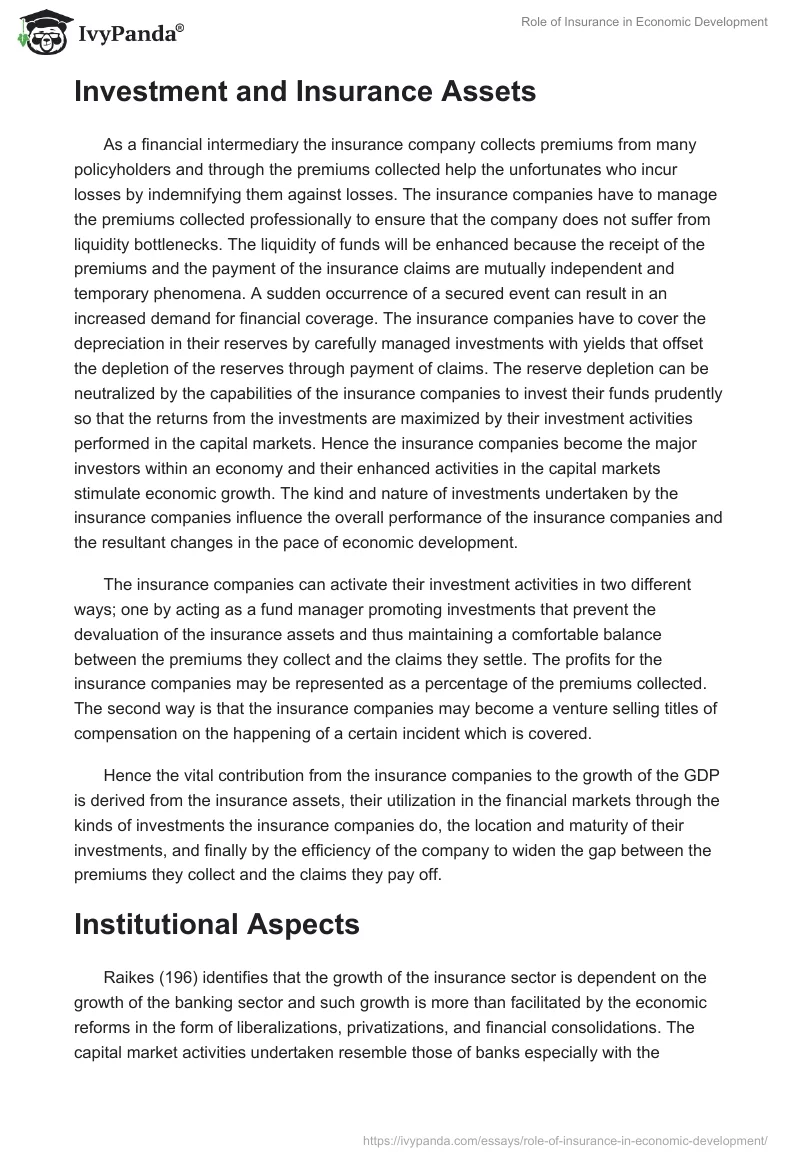The Ultimate Guide To Pacific Prime
The Ultimate Guide To Pacific Prime
Blog Article
Pacific Prime - Truths
Table of ContentsSome Known Incorrect Statements About Pacific Prime The smart Trick of Pacific Prime That Nobody is DiscussingUnknown Facts About Pacific PrimeNot known Facts About Pacific PrimeThe Ultimate Guide To Pacific Prime

This is because the information were collected for a duration of solid financial efficiency. Of the approximated 42 million individuals who were uninsured, almost about 420,000 (concerning 1 percent) were under 65 years of age, the age at which most Americans become eligible for Medicare; 32 million were grownups in between ages 18 and 65, about 19 percent of all adults in this age team; and 10 million were youngsters under 18 years of age, regarding 13.9 percent of all kids (Mills, 2000).
These price quotes of the number of persons without insurance are generated from the yearly March Supplement to the Existing Population Survey (CPS), carried out by the Demographics Bureau. Unless otherwise noted, national estimates of people without health insurance and proportions of the populace with different type of insurance coverage are based on the CPS, the most extensively utilized resource of estimates of insurance coverage and uninsurance rates.
Pacific Prime - An Overview

Still, the CPS is particularly beneficial since it generates yearly quotes fairly promptly, reporting the previous year's insurance policy coverage approximates each September, and due to the fact that it is the basis for a consistent set of price quotes for even more than twenty years, enabling evaluation of trends in coverage over time. For these reasons, as well as the comprehensive usage of the CPS in various other researches of insurance policy coverage that are offered in this record, we rely upon CPS quotes, with restrictions kept in mind.

The estimate of the variety of without insurance people broadens when a population's insurance coverage status is tracked for numerous years. Over a three-year period starting early in 1993, 72 million individuals, 29 percent of the united state population, lacked insurance coverage for at the very least one month. Within a solitary year (1994 ), 53 million people experienced at least a month without insurance coverage (Bennefield, 1998a)
6 out of every 10 without insurance adults are themselves used. Although functioning does improve the probability that a person and one's household members will certainly have insurance policy, it is not a warranty. Also members of families with 2 full time breadwinner have nearly a one-in-ten use this link chance of being without insurance (9.1 percent without insurance price) (Hoffman and Pohl, 2000).
Facts About Pacific Prime Uncovered
New immigrants represent a considerable percentage of individuals without medical insurance. One evaluation has connected a substantial portion of the current development in the size of the U.S. uninsured populace to immigrants who got here in the nation in between 1994 and 1998 (Camarota and Edwards, 2000). Recent immigrants (those who came to the United States within the previous four years) do have a high rate of being uninsured (46 percent), but they and their children account for just 6 percent of those without insurance policy across the country (Holahan et al., 2001).
The connection in between medical insurance and access to care is well established, as recorded later on in this phase. Although the partnership in between medical insurance and wellness end results is neither straight neither simple, a considerable professional and wellness services research study literature links medical insurance protection to enhanced accessibility to care, much better quality, and boosted personal and populace health and wellness condition.
Levels of evaluation for taking a look at the impacts of uninsurance. It concentrates particularly on those without any kind of health insurance for any kind of length of time.
The Main Principles Of Pacific Prime
The issues encountered by the underinsured are in some aspects similar to those encountered by the uninsured, although they are usually less extreme. Health and wellness insurance coverage, nevertheless, is neither needed nor sufficient to obtain access to clinical services. The independent and straight impact of health insurance policy coverage on accessibility to wellness services is well developed.
Others will get the healthcare they need also without medical insurance, by spending for it out of pocket or seeking it from companies who supply care free or at extremely subsidized prices. For still others, health insurance alone does not guarantee invoice of care due to other nonfinancial obstacles, such as an absence of healthcare service providers in their community, limited accessibility to transportation, illiteracy, or etymological and social differences.
Excitement About Pacific Prime
Formal research study concerning without insurance populations in the United States dates to the late 1920s and early 1930s when the Board on the Price of Treatment produced a series of reports about funding medical professional office gos to and hospital stays. This problem came to be significant as the varieties of clinically indigent climbed throughout the Great Depression.
Report this page